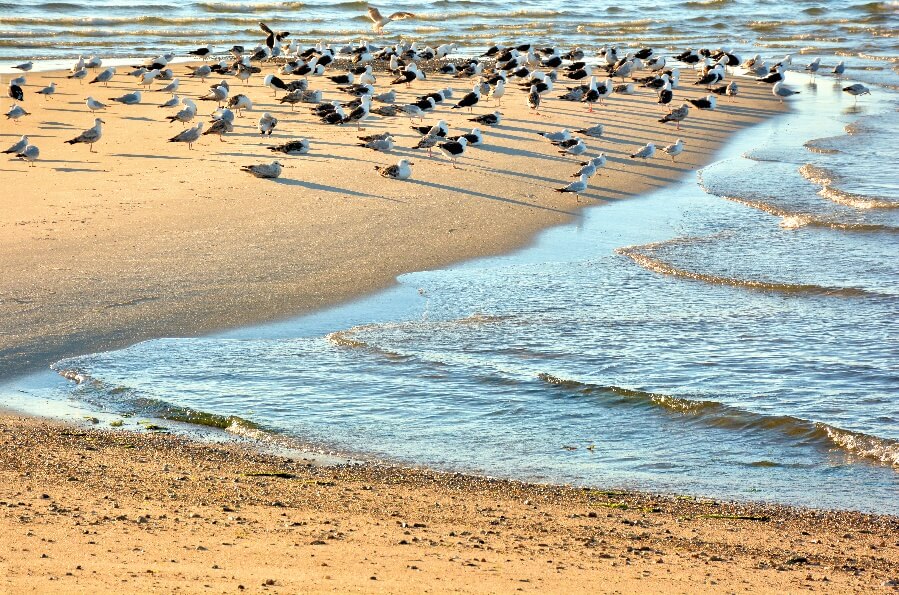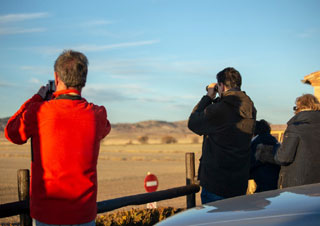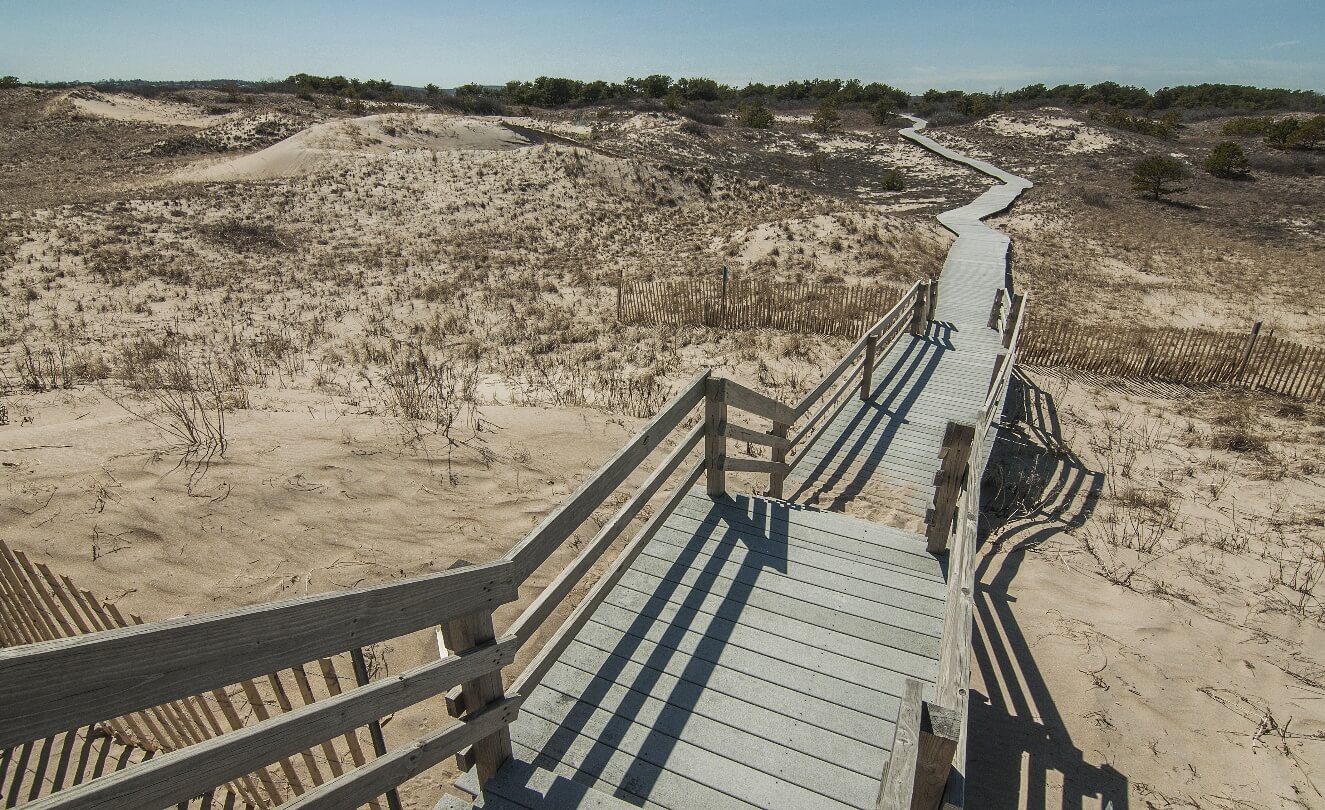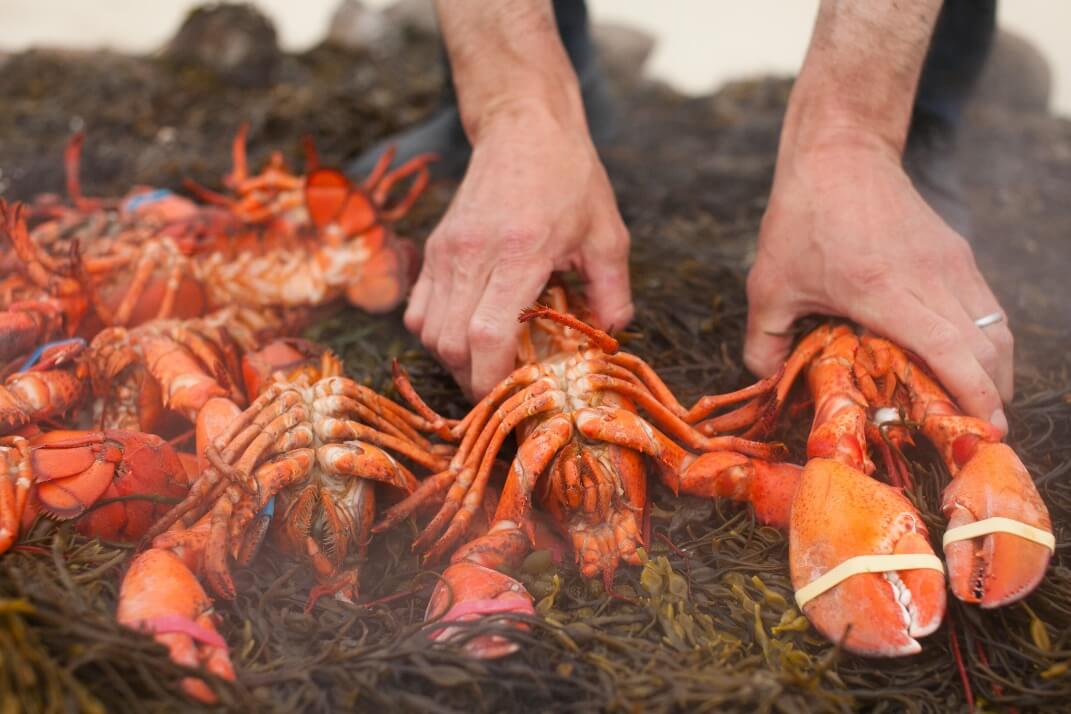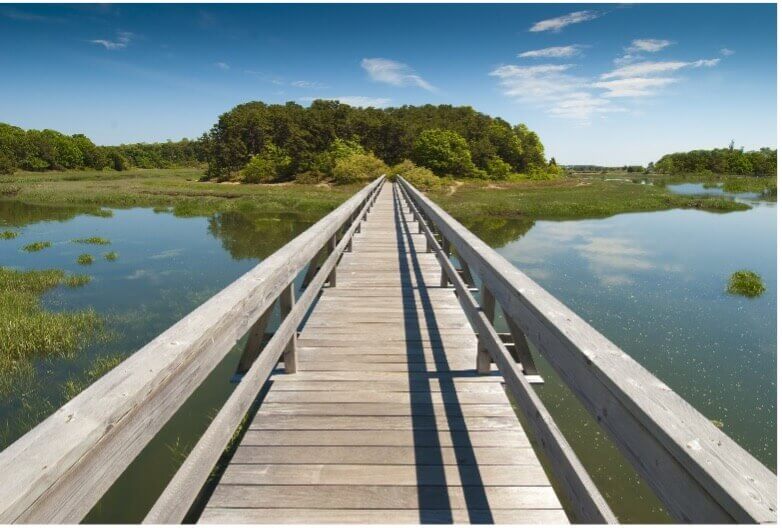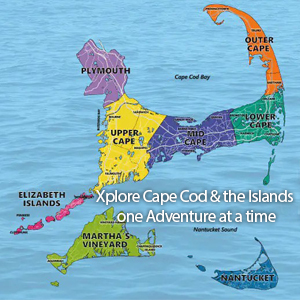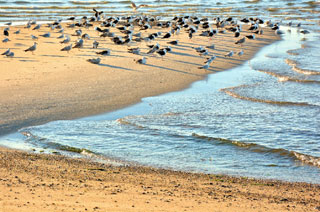 The coastal locations, marshes, beaches, forests, rivers, and estuaries are the perfect Cape Cod bird sanctuary for various species. Not only birds but reptiles and mammals, both terrestrial and marine!
The coastal locations, marshes, beaches, forests, rivers, and estuaries are the perfect Cape Cod bird sanctuary for various species. Not only birds but reptiles and mammals, both terrestrial and marine!
Birders will appreciate the way these Cape habitats lend themselves to a wealth of species of birds. Some species live on the Cape year-round.
But, just like people, many migrate to the Cape at particular times of the year. The birds either staying for a short stopover or lingering for the warmer months.
In spring and fall, catch a glimpse of the migratory species passing across the Cape’s skies. Beachgoers may spot shorebirds, including the protected piping plover. Birders will also enjoy spotting birds of prey, including osprey, hawk, snowy owl, as well as songbirds.
 Cape Cod has many bird sanctuaries and wildlife preserves. It is perfect for spending quiet time outdoors and spotting some unique species.
Cape Cod has many bird sanctuaries and wildlife preserves. It is perfect for spending quiet time outdoors and spotting some unique species.
Mass Audubon manages several sanctuaries, providing information on recent sightings on their website.
The Cape Cod Bird Club has monthly meetings from September through May. They also offer guided walks for interested birders. For more details, visit the Cape Cod Bird Club website.
Consider stopping at one of these Cape Cod Bird Sanctuary and Wildlife Preserves. Whether you’re looking for a specific species to check off your birding list or just looking to spend some time outdoors:
Fort Hill
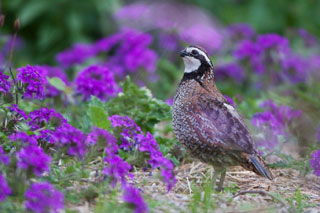 Fort Hill in Eastham features a 1.5-mile trail with views of Nauset Marsh and paths through grassland and scrub trees. Birders will enjoy sightings of the nesting northern bobwhites.
Fort Hill in Eastham features a 1.5-mile trail with views of Nauset Marsh and paths through grassland and scrub trees. Birders will enjoy sightings of the nesting northern bobwhites.
They can also spot willow flycatchers, cedar waxwings, yellow warblers, and Baltimore orioles. Mass Audubon reports that summer visitors are wading in the mars.
This includes great egret, snowy egret, black-crowned night-heron, and osprey and least tern soaring above. In the winter and migration times, birders might spot American bittern, clapper rail, Virginia rail, marsh wren, nelson’s sparrow, saltmarsh sparrow, and seaside sparrow.
Shorebirds also frequent Fort Hill, especially in the fall.
Long Pasture Wildlife Sanctuary
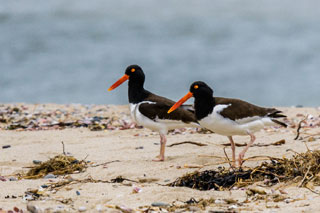 Visitors to Long Pasture Wildlife Sanctuary in Barnstable will enjoy gentle trails and meadows filled with butterflies.
Visitors to Long Pasture Wildlife Sanctuary in Barnstable will enjoy gentle trails and meadows filled with butterflies.
Farm animals, woodlands, sandy beaches, tidal flats, and a stunning view of Barnstable Harbor and the Sandy Neck barrier Beach’s dunes are also considered great attractions.
Mass Audubon manages the sanctuary and offers kayak tours, boat cruises, and family nature programs.
The Long Pasture Wildlife Sanctuary includes 2.5 miles of trails on 101 acres.
Wellfleet Bay Wildlife Sanctuary
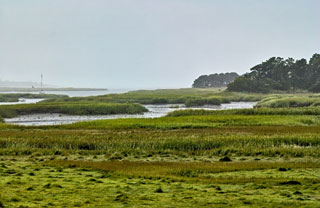 This property managed by Mass Audubon is 937 acres, and almost 300 species of birds are known to frequent this spot. The sanctuary also has five miles of trails through salt marsh, pine woods, and sandy beach.
This property managed by Mass Audubon is 937 acres, and almost 300 species of birds are known to frequent this spot. The sanctuary also has five miles of trails through salt marsh, pine woods, and sandy beach.
There is a nature center as well! Late summer is a great time to visit, with wading birds like the snowy egret, shorebirds, and more. In fall, you may spot migrating merlins and peregrine falcons.
The American Black Ducks, Clapper Rails, Piping Plover, Least Tern, Tree Swallow, Marsh Wren, Common Yellowthroat, Smallmarsh Sparrow, and Red-Winged Blackbirds are known to nest on the site as well.
Wild Turkeys, Eastern Bluebirds, Yellow Warblers, Pine Warbler, Prairie Warbler, Eastern Towhee, Orchard Oriole, and Baltimore Oriole can also be spotted.
Ashumet Holly Wildlife Sanctuary
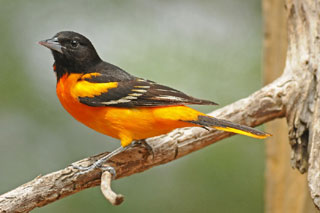 This property, located in East Falmouth, features an eight-acre rare coastal plain pond habitat. It is home to over 30 species of dragonflies and several rare pond-shore wildflowers.
This property, located in East Falmouth, features an eight-acre rare coastal plain pond habitat. It is home to over 30 species of dragonflies and several rare pond-shore wildflowers.
It also sports a thousand holly trees of sixty-five varieties! Mass Audubon manages Ashumet Holly Wildlife Sanctuary.
Bird enthusiasts will enjoy swooping barn swallows, flashy Baltimore Orioles, and other migrating species. The ephemeral wetlands on the property also provide habitat for the threatened Eastern Spadefoot Toad.
The property also has 1.5 miles of trails.
Barnstable Great Marsh Wildlife Sanctuary
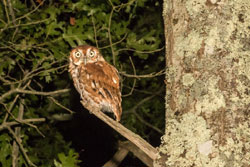 You can find stunning panoramic views of the salt marsh at the Barnstable Great Marsh Wildlife Sanctuary.
You can find stunning panoramic views of the salt marsh at the Barnstable Great Marsh Wildlife Sanctuary.
The preserve is part of the Sandy Neck area and features two open ponds, shady oak woodlands, and lots of wildlife!
Winter visitors may see the three species of owls that frequent the marsh. In the summer, you may see some of the five species of turtles that nest in the marsh.
Skunknett River Wildlife Sanctuary
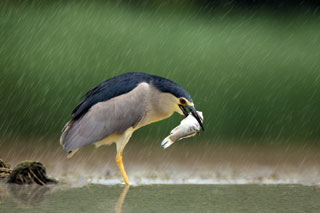
Visit the Skunknett River Wildlife Sanctuary to stroll on tree-lined trails beside the river.
Here, nature is reclaiming a former mill site, and guests can enjoy hiking in the White Cedar Swamp.
The unique name, Skunknett, is an Algonquin word indicating the prevalence of eels that you can catch here.
The sanctuary includes a mile of trail, an overlook of West Pond, and is home to black-crowned night herons, ospreys, and migrating ducks.
Sampson’s Island Wildlife Sanctuary
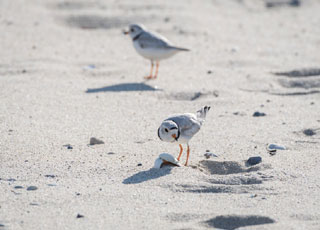 This gem is an undeveloped beach system just off the mainland. It is near the mouth of Cotuit Harbor in Barnstable and forms part of Sampson’s Island/Dead Neck Barrier Beach.
This gem is an undeveloped beach system just off the mainland. It is near the mouth of Cotuit Harbor in Barnstable and forms part of Sampson’s Island/Dead Neck Barrier Beach.
The sanctuary features nesting piping plovers, least terns, and common terns. The tidal flats and saltmarsh habitat have led to the area being designated as an Important Bird Area.
The island is open with limited access on the Cotuit Bay beach from March through September, dawn to dusk.
Salt Pond Bird Sanctuary Properties
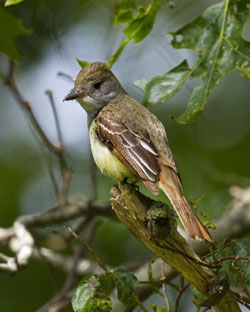 The Salt Pond Bird Sanctuaries, Inc. works to preserve and maintain open space in Falmouth.
The Salt Pond Bird Sanctuaries, Inc. works to preserve and maintain open space in Falmouth.
They manage several properties that may interest birders, wildlife enthusiasts, or just those looking to enjoy time outdoors.
The 41-acre Salt Pond parcel features nature trails and is conveniently located just off the Shining Sea Bikeway.
The organization also manages Bourne Farm, Peachtree Circle Farm, and the ever-popular Knob in Woods Hole.
Monomoy National Wildlife Refuge
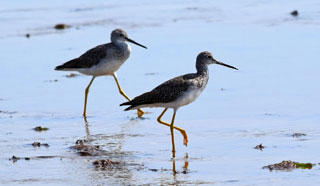 Managed by the US Fish and Wildlife Service, the Monomoy National Wildlife Refuge south of Chatham features undisturbed coastal habitat.
Managed by the US Fish and Wildlife Service, the Monomoy National Wildlife Refuge south of Chatham features undisturbed coastal habitat.
It is an important stopover point, breeding ground, and overwintering site for songbirds, shorebirds, and sea birds.
Visitors will enjoy the rare and endangered species in this habitat. The piping plover, roseate tern, red knot, Greater Yellow Leg are some of the species found in the area and more.
South Monomoy Island is home to the largest colony of common terns in New England, with over 13,000 nesting pairs. Monomoy is also home to the largest grey seal haul out in the country!
Enjoy this unique site from at least 150 feet away. For more information, stop by the visitor’s kiosk.
Race Point South Bird Watching Area
 Where the currents race between the open Atlantic and the protected waters of Cape Cod Bay, visitors can enjoy viewing birds more commonly seen out to sea.
Where the currents race between the open Atlantic and the protected waters of Cape Cod Bay, visitors can enjoy viewing birds more commonly seen out to sea.
To the North is Stellwagen Bank National Marine Sanctuary, home to infamously rich whale watching grounds.
This narrow spit of the outer Cape allows birders to glimpse pelagic birds. These birds are rarely seen from shore as they pass between the Atlantic and Cape Cod Bay.
Don’t forget your binoculars for the chance to see the birds and whales frolicking offshore!

